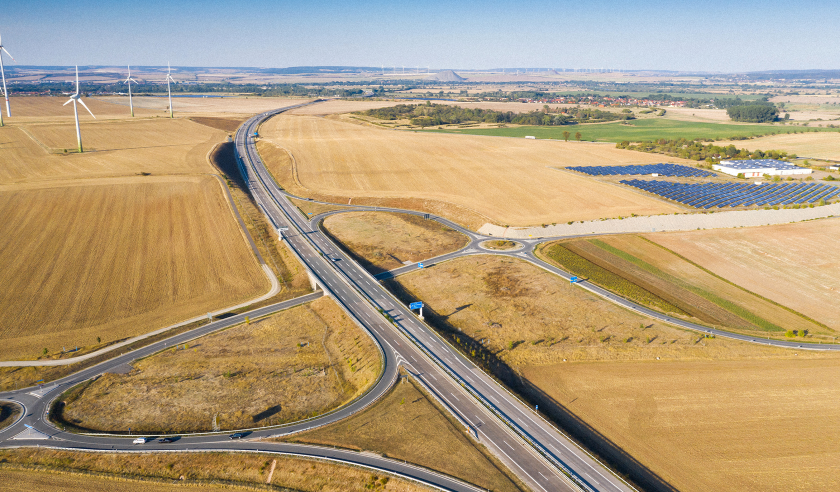
The insurance industry is undergoing a transformation in its approach to environmental strategies, evolving toward a broader and more pragmatic sustainability agenda.
After

The insurance industry is undergoing a transformation in its approach to environmental strategies, evolving toward a broader and more pragmatic sustainability agenda.
After